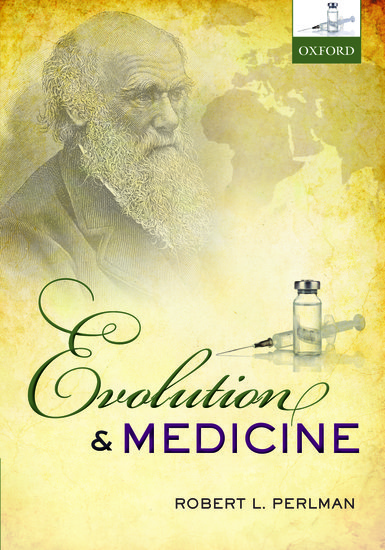By Robert Perlman
Socioeconomic disparities in health are among the most troublesome and refractory problems in medicine. Health disparities begin before birth and are lifelong. Babies born to poor, disadvantaged, or marginalized parents have an increased incidence of prematurity and low birth weight, a greater burden of disease and disability throughout life, and a shorter life expectancy than people of higher socioeconomic status. Health disparities are not simply a division along the poverty line: those below with bad health and those above with good health. There is a gradient in health, measured either in terms of the burden of disease and disability or in terms of life expectancy, that runs throughout the socioeconomic scale. Health disparities result in a tragic waste of human lives, talents, and opportunities.

Previous analyses of health disparities have focused on what biologists call proximate causes, causes that operate during the lifetime of an individual. People who have poor health may be unable to work, or unable to work at skilled or higher paying jobs, and so poor health may sometimes lead to poverty, but this accounts for only a small fraction of the association between poverty and health. Poor people may be forced to live in unhealthy neighborhoods where they are exposed to environmental toxins and violence. They may have to work in hazardous occupations where again they are exposed to toxins and suffer a high risk of injury. Disparities in access to health care also contribute to disparities in health. Nonetheless, disparities persist in countries such as the United Kingdom, which has a national health service and in which there are minimal barriers to access health services. Disparities in health education may also play a role but they are probably not a major factor. Disadvantaged people have a greater tendency to engage in risky or unhealthy behaviors, have unhealthy diets and lifestyles, and are less likely to utilize preventive health services, but these behaviors are not due primarily to lack of knowledge. Educational interventions to reduce unhealthy behaviors generally have not been successful.
Evolutionary life history theory provides valuable new insights into health disparities. Natural selection has shaped life histories to optimize reproductive fitness. We, like other animals, have evolved mechanisms that alter our life history trajectories in response to our assessment of the safety and security of our environment. Our life histories are modulated by hope—not conscious hope but environmental signals that our bodies interpret as hope of a long, active life. Signals of hope lead us to invest energy into growth and bodily maintenance, and to postpone reproductive maturity. Signals which indicate that our environment is uncertain, stressful, or dangerous lead to the diversion of resources away from bodily repair into early reproduction and to coping with acute stresses. From an evolutionary perspective, this makes sense. We have evolved to balance the benefits of growing larger and repairing somatic damage against the need to mature fast enough to be able to reproduce and raise our children while we still have a reasonable chance of remaining alive.
Signals of a hostile or dangerous environment, which lead us to divert resources from somatic repair to early reproduction, include poor nutrition, psychosocial stresses such as social isolation, lack of material resources, and fear of violence, as well as prematurity or low birthweight and exposure to toxins, all of which are more prevalent among poor and disadvantaged groups than in higher socioeconomic classes. Environmental signals affect our life history strategies by modulating the activity of neuroendocrine regulatory pathways. Hormones such as cortisol and adrenaline suppress the immune system and reduce tissue repair. They enhance our responses to stress at the cost of reducing somatic maintenance. Socioeconomic gradients in the levels of these hormones or in the reactivity of these neuroendocrine systems may contribute to gradients in life histories and in health.
We appear to have evolved psychological biases as well as physiological mechanisms that are sensitive to our assessment the quality of our environment. Our psychological biases make us more likely to engage in healthy behaviors if our bodies believe that we will live long enough to benefit from these behaviors and lead us to discount our future health when we perceive our environment as hostile or dangerous.
The root causes of health disparities are disparities in wealth, status, and power, and the ways we have evolved to respond both physiologically and psychologically to the levels of stress and insecurity we experience in hierarchical, socioeconomically stratified societies. To reduce disparities in health we must reduce socioeconomic disparities, so that everyone develops under conditions that signify hope. Hope is a key to health and to ameliorating the tragedy of health disparities.
Robert Perlman is Professor Emeritus at the University of Chicago and the author of Evolution and Medicine. His interests in social justice and in evolutionary medicine have fueled his concern about the evolutionary origins of health disparities.
Subscribe to the OUPblog via email or RSS.
Subscribe to only health and medicine articles on the OUPblog via email or RSS.
Image credit: Poverty via iStock photo


Recent Comments
There are currently no comments.